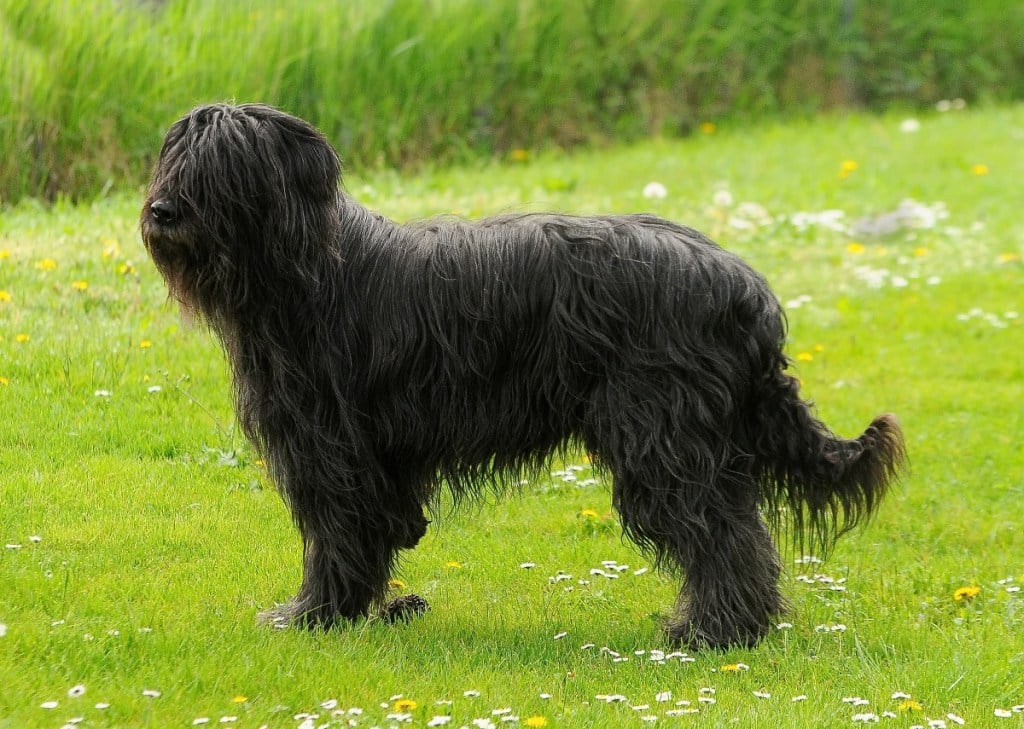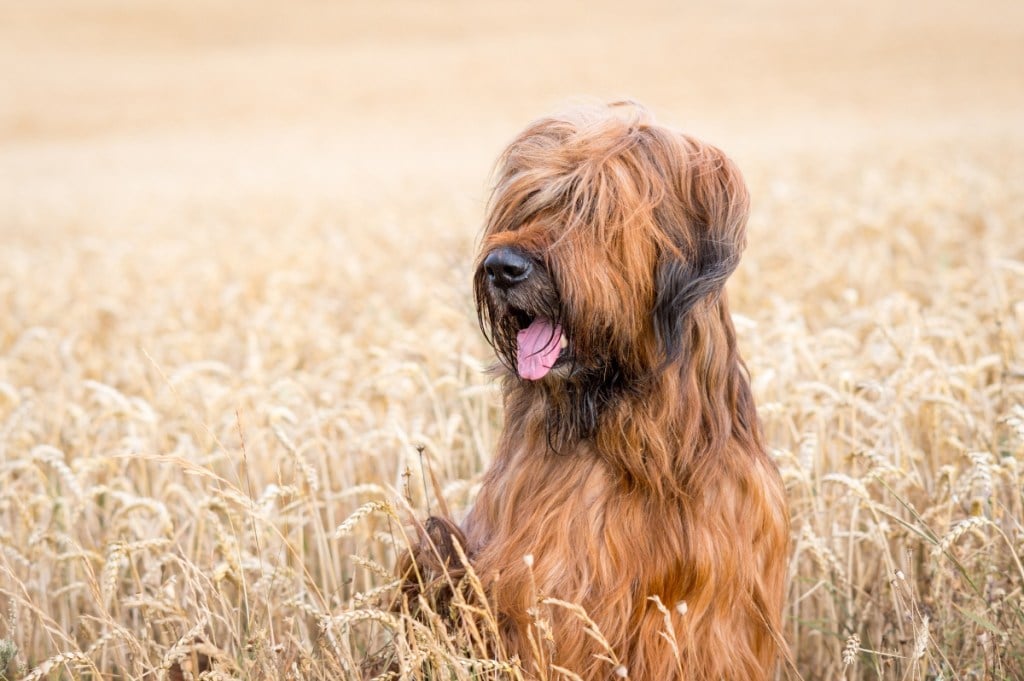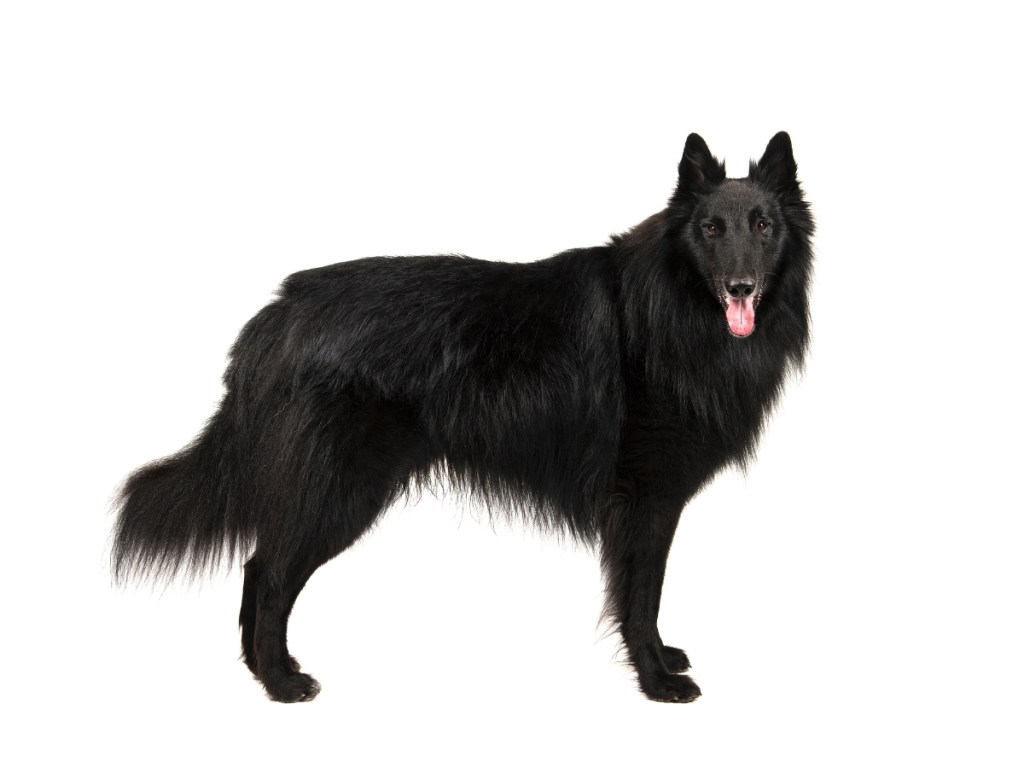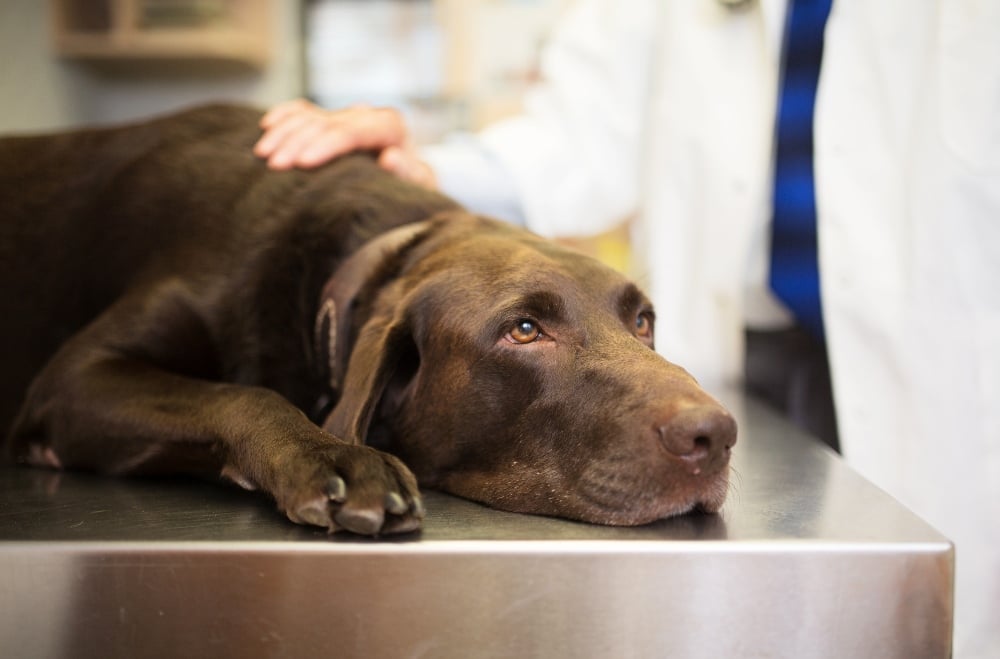Briards are herding dogs with French roots, characterized by their huge size, long, shaggy coat and deeply loyal nature. The breed combines the intelligence of a working dog with the devotion of a family companion. Knowing the Briard’s history and needs is the first step toward a beautiful and rewarding relationship.
This comprehensive guide gives you a detailed look at the Briard dog breed. We explore the breed’s origins, core personality traits and care requirements, so you can decide if this remarkable dog is the right fit for your home and lifestyle.
What Is a Briard?
The Briard is a large, long-coated herding dog with deep French roots. Known in its homeland as the Chien Berger de Brie, this breed was developed to herd sheep and guard livestock. Over the centuries, the Briard has proven its versatility — serving not only as a farmhand but also as a military assistant during wartime. There are even tales suggesting that both Napoleon and Thomas Jefferson were admirers of the breed.
A Briard’s appearance is unmistakable. Males typically stand between 23 and 27 inches at the shoulder, with females being slightly smaller. Weight should be proportionate to height, generally falling between 70 and 100 pounds. Their entire body is covered in a long, slightly wavy coat that protects them from harsh weather. The long hair on their face creates a distinct beard, mustache and eyebrows, sometimes hiding their expressive eyes. A unique physical marker required by the breed standard is the presence of double dewclaws on the hind legs.

What Are the Briard’s Breed Characteristics?
The Briard’s temperament is shaped by its dual working heritage: part herder, part guardian. That means brains, bravery, and a bold personality that needs purpose.
Size and Appearance
- Males: 23–27 inches at the shoulder
- Weight: 70–100 pounds (proportional to height)
- Coat: Long, slightly wavy and weather-resistant
- Distinctive Features: Beard, mustache, heavy brows, and double rear dewclaws
Temperament and Personality
Briards are protective herders with sharp minds and strong instincts. They form tight bonds with family but need early training to become well-adjusted companions. Their high energy levels may present a challenge around young kids and toddlers, but they typically do well with older kids.
Breed Snapshot
| Breed Characteristic | Level (High, Medium, Low) |
| Affectionate with People | High |
| Good with Kids | Medium |
| Good with Pets | Medium |
| Need for Exercise | High |
| Energy Level | High |
| Intelligence Level | Very High |
| Able to be Trained | Medium |
| Amount of Barking | High |
| Amount of Shedding | Medium to High |

How to Care for a Briard?
Briards are demanding in the best way. They need structure, stimulation and close relationships to thrive. This is not a “set it and forget it” breed — they’re more like full-time companions with high expectations.
Living Environment
- Do best in homes with fenced yards or access to large spaces
- Can live in smaller homes if their physical and mental needs are met
- Thrive when they’re part of daily family life and routines
Exercise and Enrichment
- Require at least 60–90 minutes of activity daily
- Benefit from advanced obedience, agility, scent work or herding trials
- Mental enrichment is just as important as physical workouts
Training and Socialization
- Highly intelligent but independently minded
- Learn best through patient, positive reinforcement
- Early socialization is critical — especially before 16 weeks of age
- Exposure to people, sounds, and other animals helps reduce reactivity later
Grooming Needs
- 3–4 hours per week of brushing is standard
- Line brushing (down to the skin) prevents painful mats
- Regular nail trims (especially double dewclaws), ear checks and dental care
- Bathing is occasional but thorough
Nutrition
- High-quality diet rich in animal protein, healthy fats and joint support
- Puppies should be fed large-breed puppy food until 12–15 months
- Adults do best with two meals per day and no intense activity right after eating
- Always provide fresh, clean water
- Consult your vet or a veterinary nutritionist for homemade diets
Common Health Concerns
- Elbow and hip dysplasia
- Bloat (gastric dilatation-volvulus)
- Progressive retinal atrophy (PRA)
- Congenital stationary night blindness (CSNB)
- Hypothyroidism
- Von Willebrand’s disease
- Certain cancers, such as lymphosarcoma
Working with a responsible breeder can reduce the risk of inherited conditions—but even with the best breeding, insurance can help with unexpected costs.
Should I Get Pet Insurance for My Briard?
Yes. Briards are large, active dogs with a few breed-specific health risks—particularly orthopedic issues, bloat and genetic eye conditions. Treating these conditions can be costly, and insurance gives you peace of mind to pursue the best care options.
Healthy Paws covers accidents, illnesses, genetic disorders and more. You can visit any licensed vet in the U.S., and most claims are processed within days. Pet insurance helps you focus on care—not cost—so you and your Briard can live your best life together.
Ready to protect your pup? Get your Healthy Paws quote today.

FAQs About Briards
Are Briards Good Family Dogs?
Briards can be outstanding family dogs in the right environment. They are incredibly loyal and form strong, protective bonds with all members of their family, including children. However, their large size and herding instincts mean that interactions with very young children should always be supervised. A prospective family must be prepared to provide the extensive grooming, exercise and consistent training the breed requires.
Are Briards Hard to Train?
Briards are intelligent and capable of learning a great deal, but they are not considered an easy breed to train. Their independence and problem-solving abilities mean they require a confident owner who can provide firm, fair and consistent leadership. They need to understand the reason behind a command. Training sessions should be kept engaging and positive to hold their interest.
Do Briards Bark Often?
Yes, Briards tend to be vocal. Their background as a guardian breed means they are naturally alert and will use their deep bark to announce the arrival of visitors or anything else they find out of the ordinary. While training can help manage nuisance barking, owners should expect them to fulfill their watchdog duties.
Does the Briard Have Health Issues?
Yes, the Briard is associated with several health issues. The most significant concerns include hip and elbow dysplasia, bloat, hypothyroidism, eye disease and certain cancers such as lymphosarcoma. Choosing a responsible breeder who conducts health screenings on their breeding dogs can help reduce the risk of these inherited conditions.









